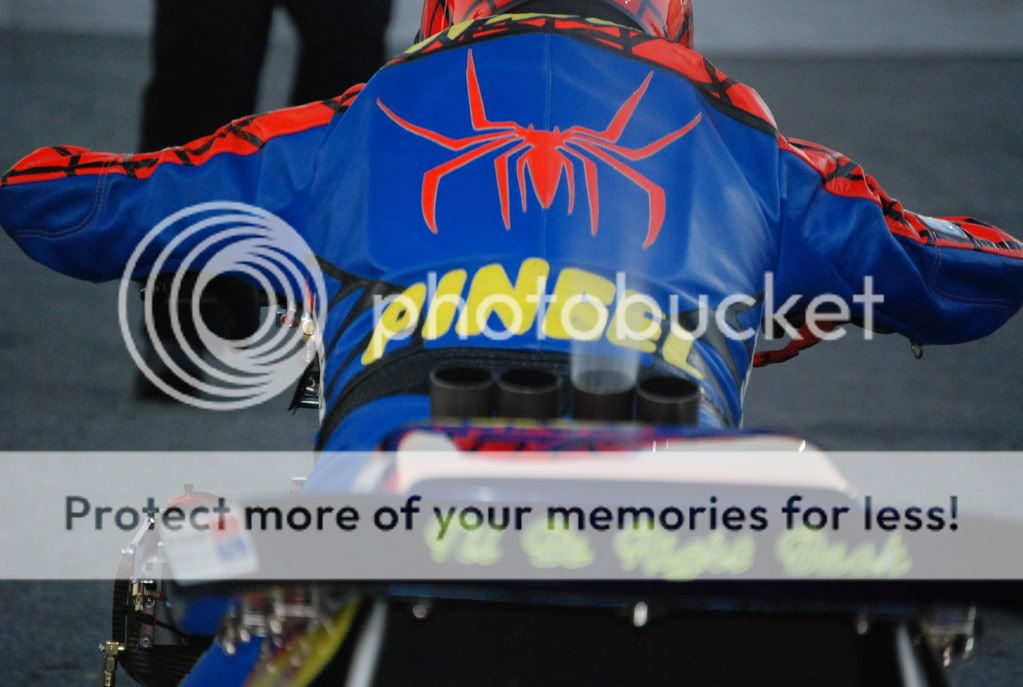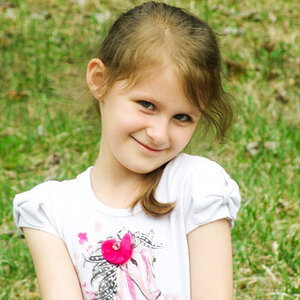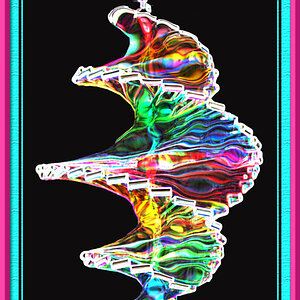Kawi_T
TPF Noob!
- Joined
- Nov 19, 2007
- Messages
- 173
- Reaction score
- 0
- Location
- Chicago suburbs
- Can others edit my Photos
- Photos OK to edit
As an engineer technical stuff makes sense to me. However the art of photography is really eluding me. I'm REALLY struggling with composition. How do you guys and gals feel about the composition in these photos?
1.

2.

3.

1.

2.

3.














![[No title]](/data/xfmg/thumbnail/30/30868-01a498267fd96ce5b2d98347458d3903.jpg?1619734486)
